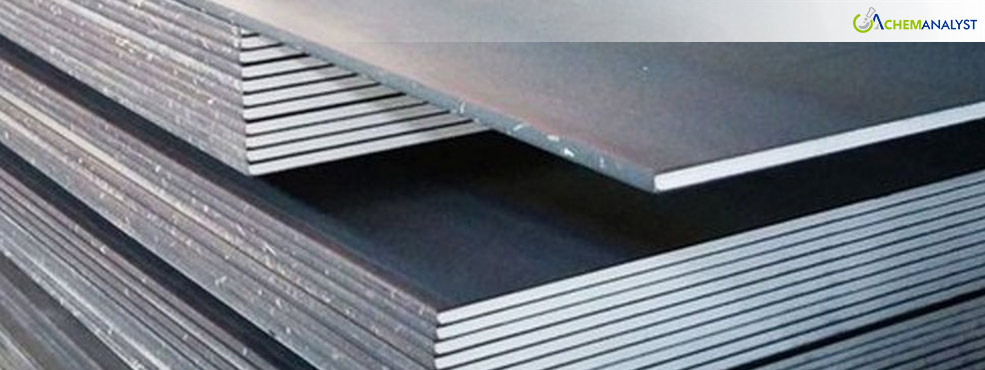German Steel Plate Market Faces Downward Pressure Amid Weak Demand
- 03-Feb-2025 8:15 PM
- Journalist: Gabreilla Figueroa
German Steel Plate prices declined for the week ending January 31, 2025, reflecting persistent challenges in the domestic market amid weak construction activity and cautious buyer sentiment. The downward trend in Steel Plate prices comes as market participants grapple with oversupply concerns and mounting pressure from potential import regulation changes.
Key Takeaways
-
Steel Plate prices dropped 1% week-over-week
-
Construction sector demand remains subdued
-
Buyers maintaining minimal inventory levels
-
Market anticipating EU safeguard measure changes
-
Domestic mills facing increased energy cost pressures
The Steel Plate market in Germany continues to face headwinds where price declined by 1% in spot market due to construction activity remains below expectations, leading to reduced demand and subsequent price pressures. Domestic Steel Plate producers are struggling to maintain price levels amid increasing competition and weak end-user demand. The market has witnessed a notable shift in buyer behaviour, with many preferring to operate with minimal inventory levels despite relatively competitive domestic Steel Plate prices.
In the broader European context, Steel Plate market participants report that while seasonal restocking provided some support earlier January, the momentum has failed to sustain itself. German automotive sector challenges have particularly impacted Steel Plate demand, with declining output contributing to the overall market weakness. However, sources from the Netherlands suggest potential improvement in construction activity, which could provide some relief to the Steel Plate market.
The European steel industry's landscape is becoming increasingly complex with Eurofer's recent proposal to reduce import quotas. This development has created additional uncertainty in the Steel Plate market, with buyers showing a preference for domestic material despite sometimes higher prices. The potential implementation of individual quotas for Chinese steel and stricter trade measures could significantly impact market dynamics in the coming months.
Energy costs remain a significant concern for Steel Plate producers, with current prices substantially higher than the previous year. This cost pressure, combined with weak demand, has created a challenging environment for mills to maintain profitable operations.
Some market participants report transactions at lower price points, indicating growing pressure on producers to secure orders despite unfavourable cost conditions.
ChemAnalyst anticipate that Steel Plate prices will remain under pressure in the near term, with recovery contingent upon several factors including spring construction revival, resolution of EU safeguard measures, stabilization of energy costs, and improvement in automotive sector demand. The market's ability to rebound will largely depend on the balance between these factors and potential changes in trade dynamics, with particular attention to the implementation of new protective measures and their impact on import flows. While some optimism exists regarding government-commissioned construction projects, the overall sentiment remains cautious, with real recovery not expected until there's clear evidence of sustained demand improvement across key end-user sectors.



